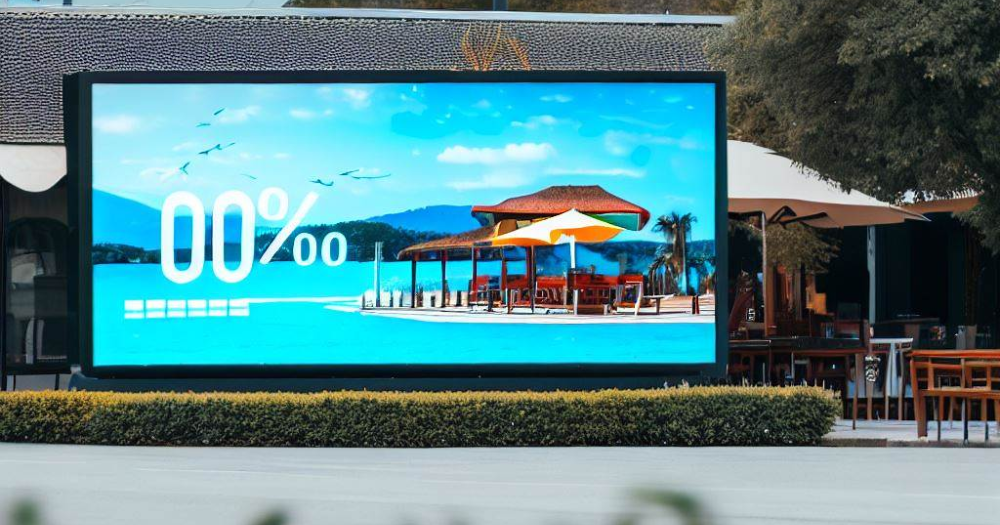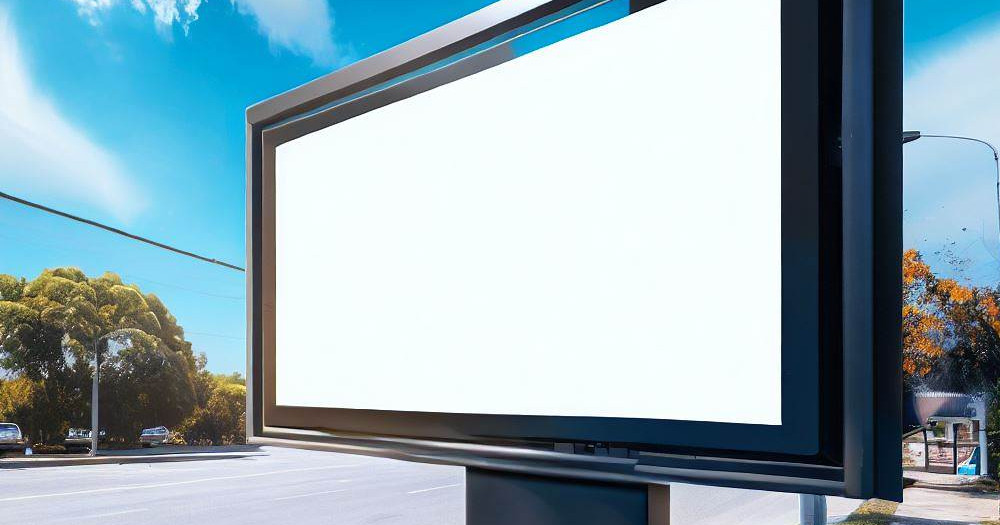Welcome to another informative article on our blog! As the marketing landscape continues to change, technology becomes an increasingly crucial tool for marketers to keep up with current trends. It can be tricky to gain valuable knowledge, and discover interesting facts that can give them an edge. So the topic of our discussion today is finding useful tech for the marketing specialist.
Whether you’re a newbie just starting out or a seasoned pro, the right tech can make a huge difference.
This article is crafted to shed light on some of the technology that every marketer should have on their radar.
The importance of the right tech
In today’s fast-paced digital realm, marketing specialists stand at the confluence of creativity and technology. The two aren’t mutually exclusive. In fact, they complement each other in unprecedented ways. Technology isn’t just a tool – it’s the very fabric that shapes, molds, and refines the vast landscape of modern marketing.
Choosing the right tech is akin to arming oneself with a robust arsenal in a competitive battlefield. It can mean the difference between a campaign that soars and one that barely takes off. As algorithms evolve, consumer behaviors shift, and the global market becomes more interconnected, the right tech ensures that marketing specialists are not only keeping up but are several steps ahead.
Moreover, the right technology fosters efficiency, data accuracy, and actionable insights. It paves the way for personalization, a factor that’s becoming increasingly crucial in an age where consumers crave bespoke experiences. It’s not just about reaching the audience; it’s about resonating with them, engaging them, and fostering loyalty.
In essence, for marketing specialists, technology is more than just an accessory. It’s a catalyst, a guide, and a constant companion in the intricate dance of modern marketing. Embracing the right tech isn’t an option – it’s an imperative for success in this dynamic environment.

1. Dell monitors – expand your marketing vision
Dell has been at the forefront of monitor technology for years, offering a wide range of options to suit different needs. For marketers, a broad and clear display is essential for tasks such as data analysis, design, and multi-tasking.
Features beneficial for marketers:
- UltraSharp series – known for their precise color accuracy, which is crucial for designers and video editors.
- Wide aspect ratios – allowing users to have multiple windows open side-by-side, ideal for research, content creation, and social media management.
- Dell display manager – this software improves productivity by managing application layouts on your screen.
In a visually dominated marketing world, investing in a reliable and feature-rich display can truly elevate your productivity and precision. Dell monitors, with their reputation and diverse offerings, present marketers with a golden opportunity to transform their workspace.
2. Interactive whiteboards – make collaborative ideas visible
In a world where remote work and collaboration have become norms, interactive whiteboards serve as essential tools. They combine the traditional whiteboard’s simplicity with advanced tech features, facilitating brainstorming, planning, and presentations.
How marketers can benefit:
- Real-time collaboration – team members can add ideas, make annotations, and interact with content simultaneously.
- Integration with other tools – many interactive whiteboards can integrate with apps like Trello, Slack, or Google Drive, centralizing your workflow.
- Save and share – instead of erasing whiteboards and losing ideas, these digital versions allow for easy saving, sharing, and revisiting of content.
Gone are the days when ideas were confined to physical spaces. With interactive whiteboards, the boundaries of collaboration are expanded, ensuring that every brainstorming session is a fountain of innovation. It’s an investment in unified creativity.

3. CRM systems – managing customer relationships with ease
In the heart of marketing lies customer relationship management. Modern CRM systems, like Salesforce, HubSpot, or Zoho, allow marketers to manage, analyze, and optimize customer interactions.
Key features:
- Segmentation – categorize your audience for targeted campaigns.
- Analytics – understand customer behavior and refine strategies accordingly.
- Automation – schedule emails, set reminders, and automate repetitive tasks.
In the maze of customer interactions, a CRM system is the guiding light that ensures every touchpoint is a meaningful one. As you nurture and understand your audience better, remember that a robust CRM is the backbone of any successful marketing campaign.
4. AI-powered chatbots – the 24/7 customer representative
In an era where customers expect immediate responses, AI-powered chatbots fill the gap. These bots can answer FAQs, guide users, and even gather data for future campaigns.
For marketers, this Means:
- Increased engagement – bots provide immediate interaction, keeping users on the site longer.
- Data collection – gain insights into customer queries and preferences.
- Cost-efficient – reduce costs associated with human customer support.
AI-powered chatbots have revolutionized digital interactions by providing instant, 24/7 customer support, seamlessly handling a vast array of queries without human intervention.
Their ability to learn from interactions, offer personalized responses, and operate efficiently makes them invaluable assets. Especially in enhancing user experience, optimizing operational costs, and gathering invaluable data insights.
In our always-on digital world, AI-powered chatbots stand as vigilant guardians, ensuring no customer query goes unanswered. They’re more than just bots – they’re the testament to a brand’s commitment to always being there for its audience.
5. Augmented Reality (AR)
AR, though not entirely new, is revolutionizing the way marketers interact with audiences. It superimposes digital information onto the real world, creating immersive experiences.
In marketing, AR offers:
- Try before buying – for example, furniture stores allowing customers to visualize products in their home.
- Interactive ads – more engaging than traditional ads, capturing user attention.
- Enhanced customer experiences – events, launches, or stores can incorporate AR elements for added value.
AR is a bridge between the digital and real world, adding a layer of magic to the mundane. For marketers, it’s a canvas waiting to be painted with innovative campaigns that not only capture attention but hearts. Dive into AR and witness the transformation it brings to your brand’s narrative.
Embrace the tech revolution in marketing
While traditional marketing methods still have their place, there’s no denying that technology is setting the pace for innovation. As a marketer, staying updated with the latest tech tools, like the Dell monitor or interactive whiteboard, can make all the difference. Dive into the world of marketing tech and let it amplify your strategies!
Check out our other articles such as:
- Digital Elements in Beverage Marketing Fixtures
- The Art of Window Displays in Boosting Brand Recognition
Remember to always stay tuned with Marketingfixt.com for the latest in marketing trends, valuable insights, and fascinating facts!




